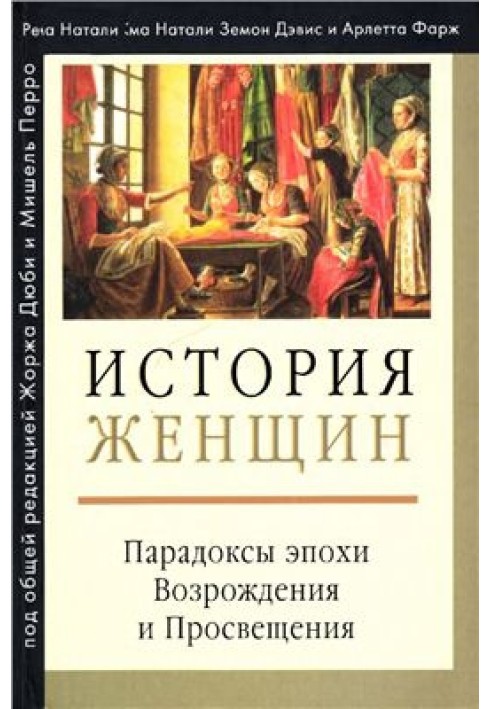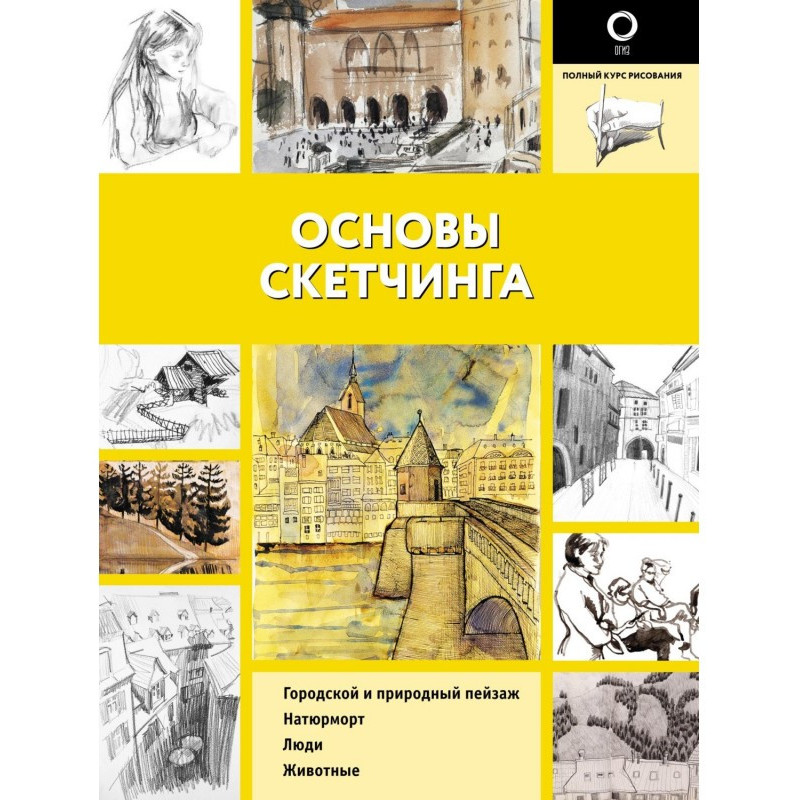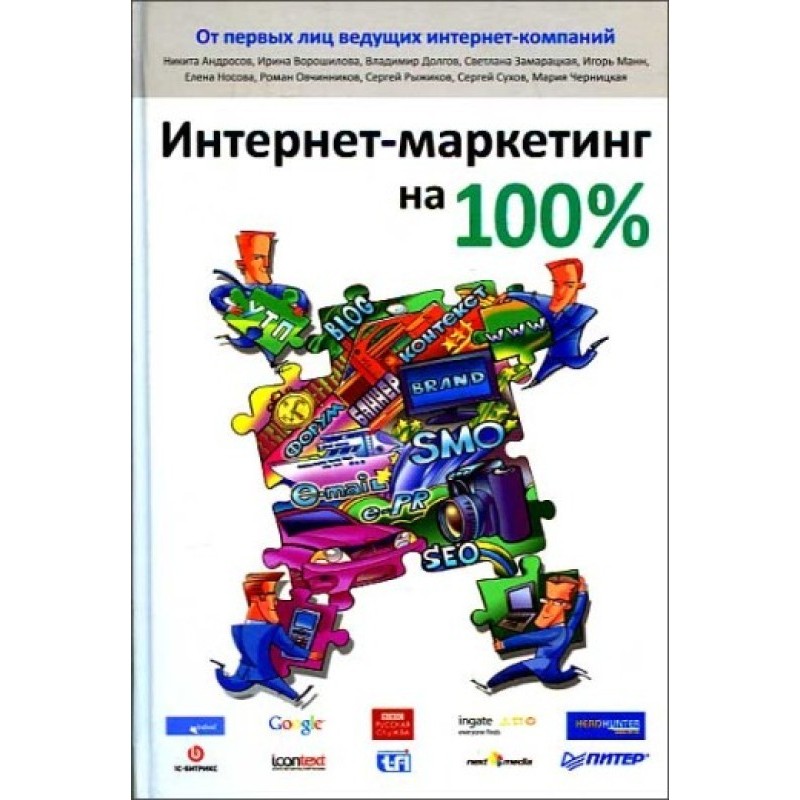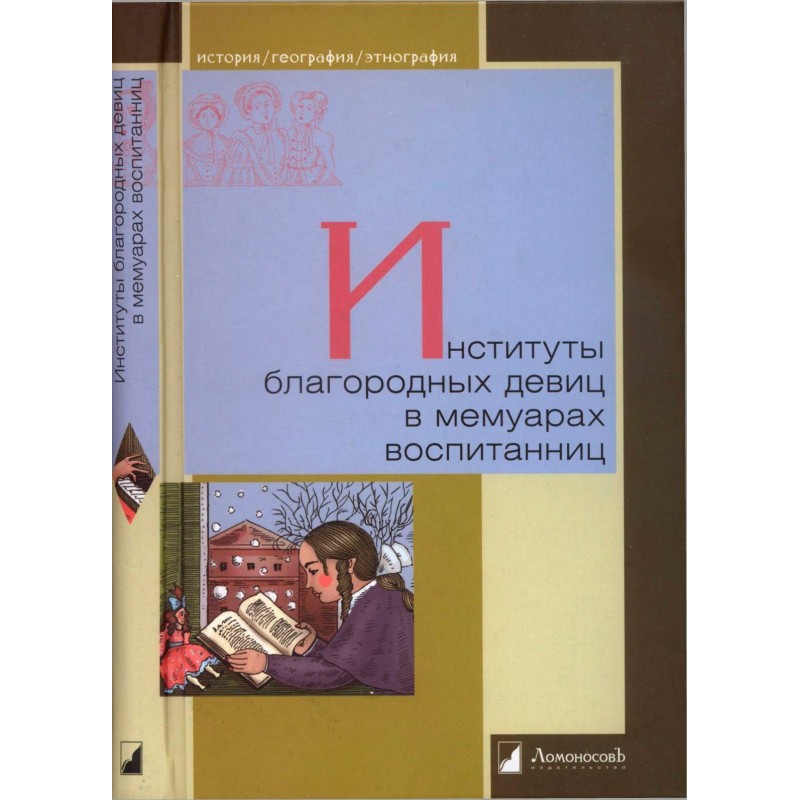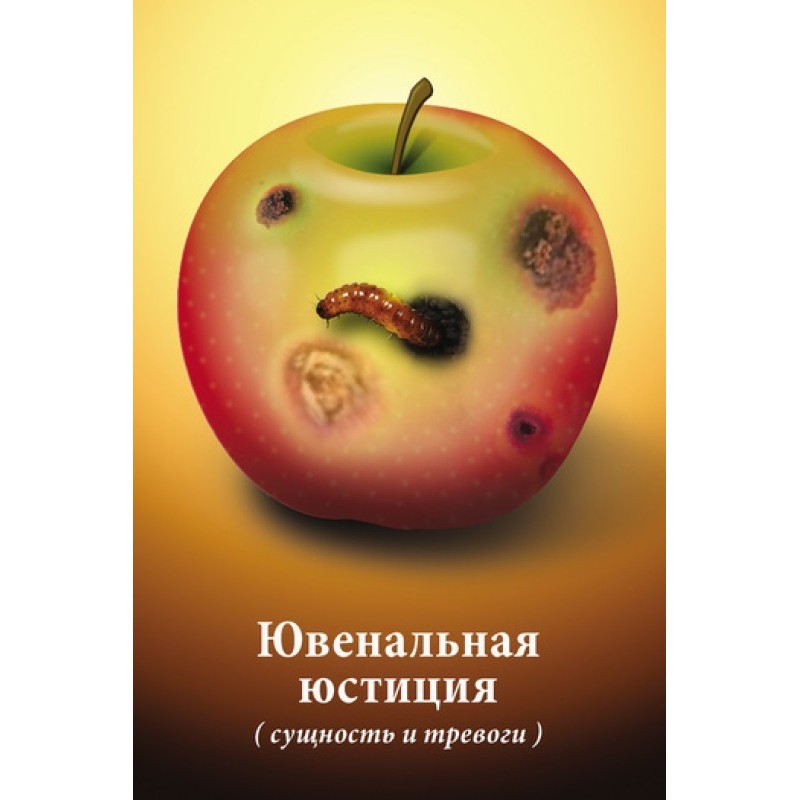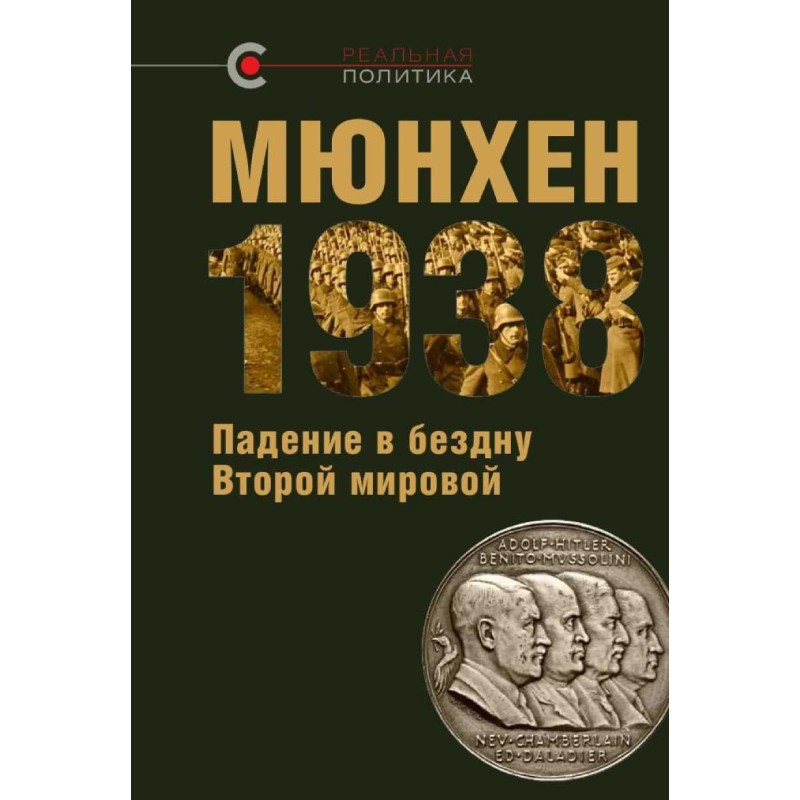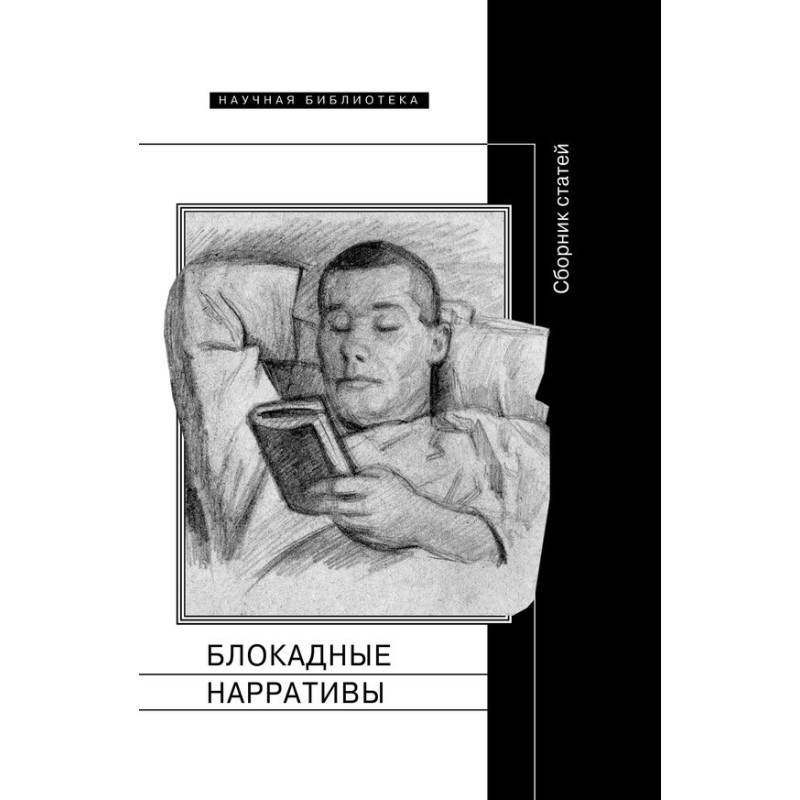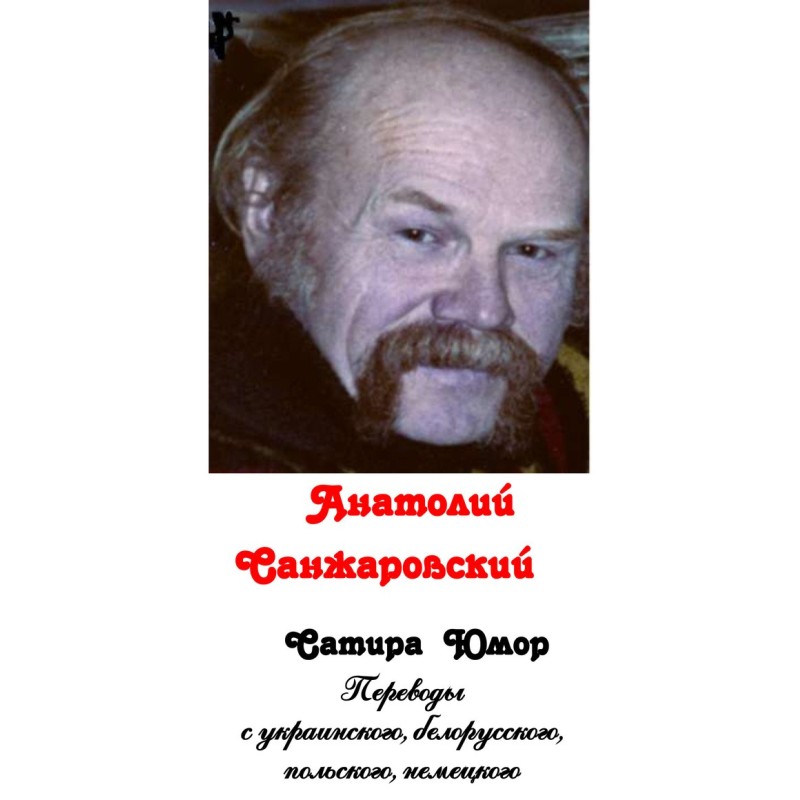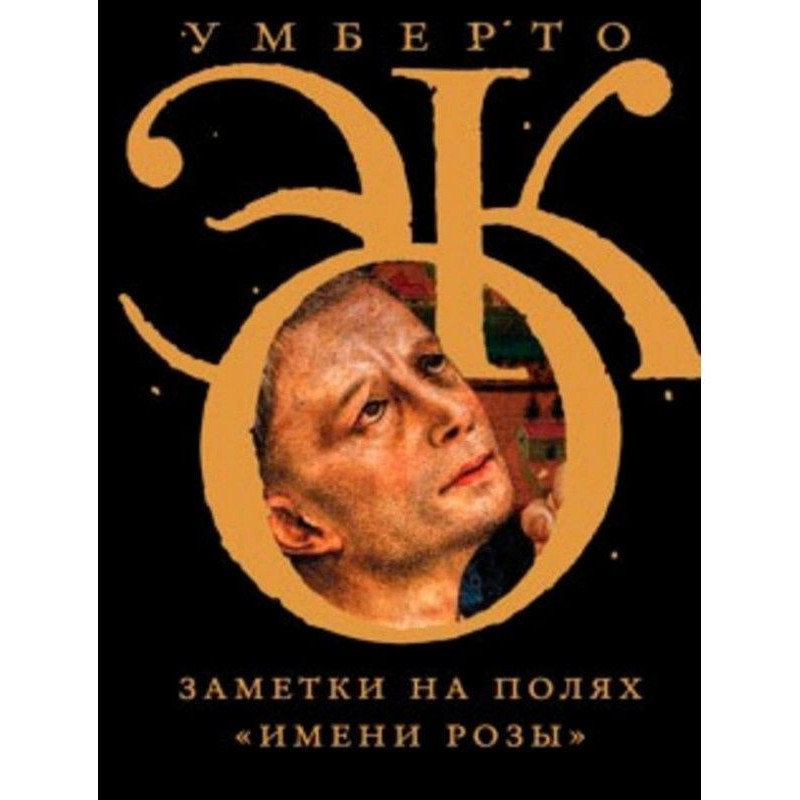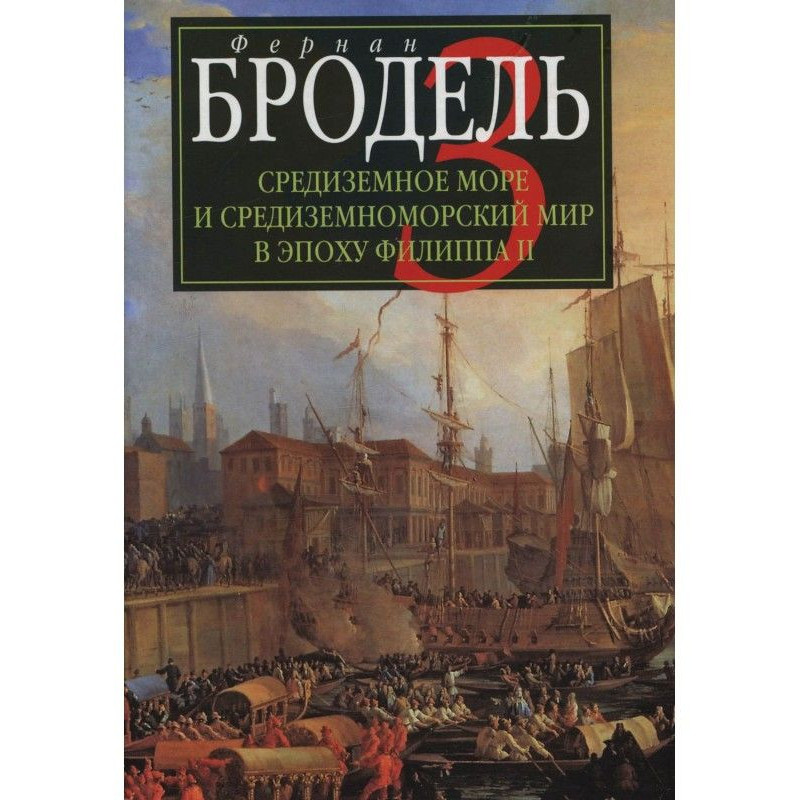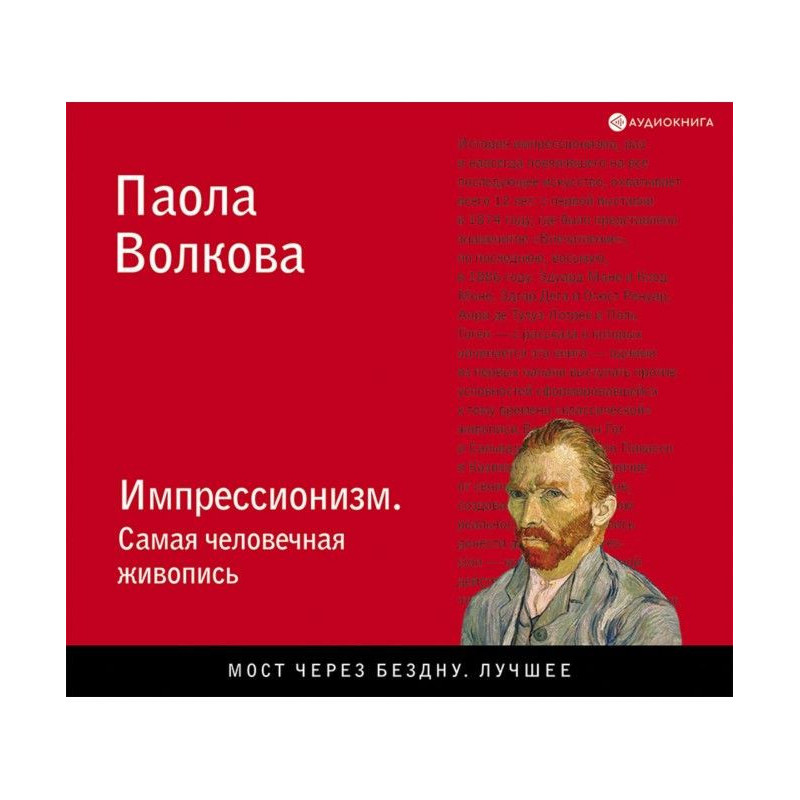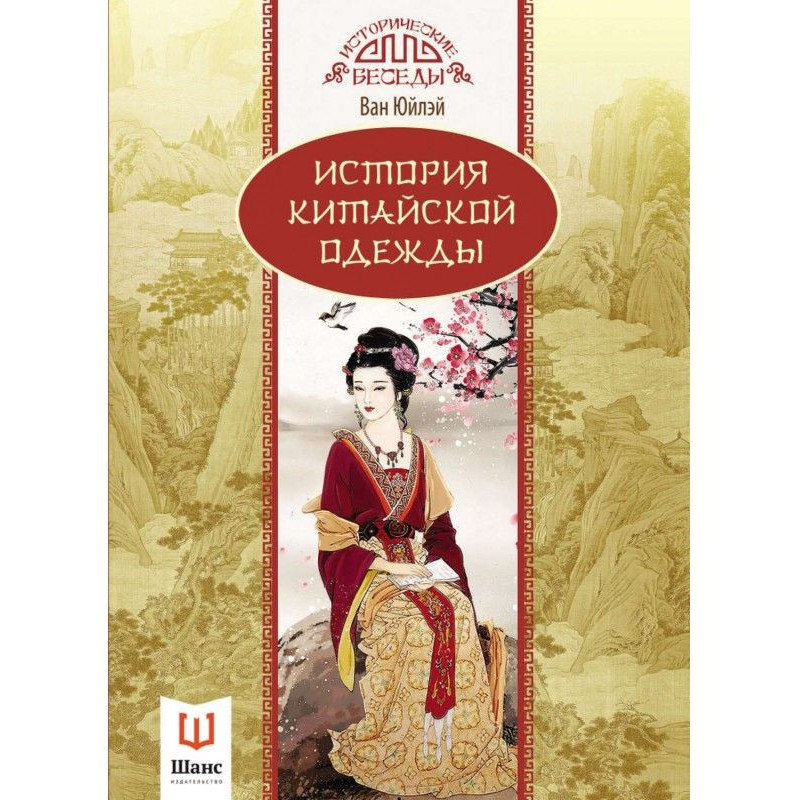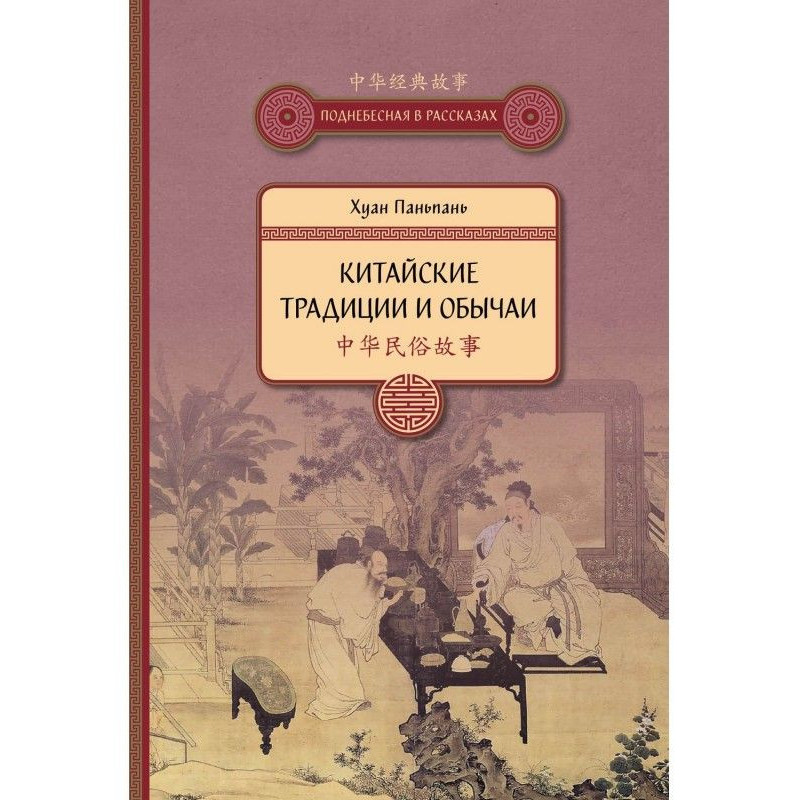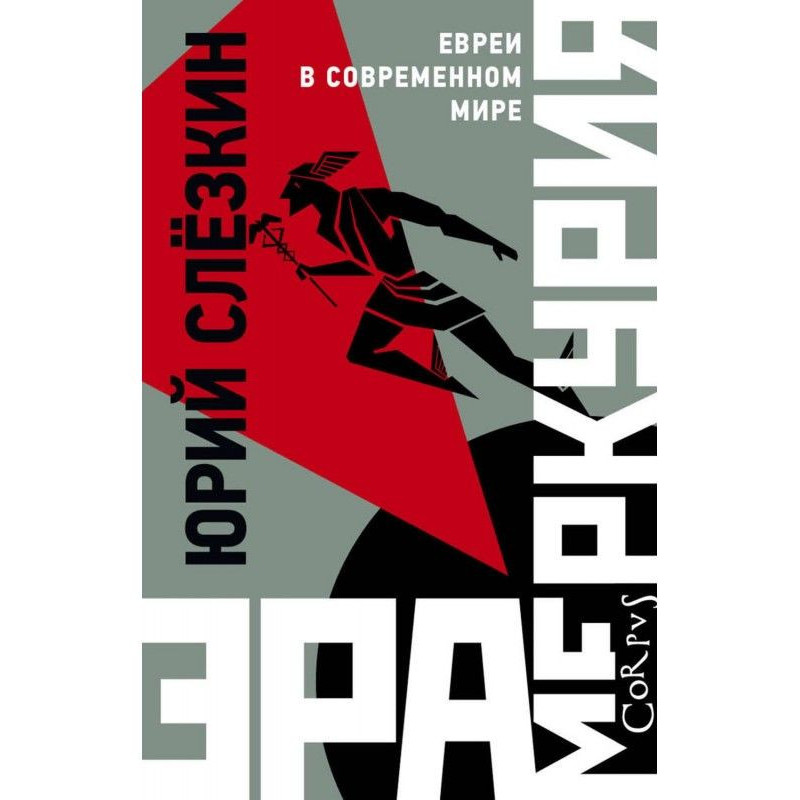History of women in the West. Volume III
 Instant download
Instant download
after payment (24/7)
 Wide range of formats
Wide range of formats
(for all gadgets)
 Full book
Full book
(including for Apple and Android)
Women's Stories" provides readers with a detailed panorama of the lives of women of the early modern era in Europe in the context of work, marriage and family. At the center of this volume is "woman" as she is manifested in numerous representations ranging from simple engravings and popular literature to masterpieces of painting; and also as the object of discussions - sometimes comic, sometimes sarcastic - conducted in a variety of forms: writing, art, philosophy, science and medicine. Resisting repressive practices, restrictive legislation, and lengthy debates about women's “nature,” women took the initiative through both subtle maneuvers and open dissent. In conformity and resistance, in representation and reality, women from the 16th to the 18th centuries are represented in these pages in a remarkable variety.Contents:Write the history of women (Georges Duby and Michel Perrault)Women as actors in history (Natalie Zemon Davis and Arletta Farge)SECTION ONE. WORK AND DAYS Horizons of everyday lifeChapter 1. Women, work and family (Oluen Houghton)Working lifeMarriageMotherhoodWidowhoodThe fate of unmarried womenChapter 2. Body, appearance and sexuality (Sarah F. Matthews Grieco)BodyAppearance: beauty and cosmeticsSexualityTo the union of love, sex and marriageChapter 3. Beautiful woman ( Veronica Naum-Grapp)Sources and prejudicesBodily beauty: a chance for women?Aesthetic question: tactical mask?Aesthetic information and the effect of beautyBeauty: a strategic goalFascinating beautyChapter 4. Raising a girl (Martina Sonne)Concern for the education of girlsPlaces to receive educationKnowledge and skillsChapter 5. Virgins and mothers between heaven and earth (Elisha Schulte van Kessel)Love, mother and virginAlive and disturbingImprovement and “matronhood”Improvement and professionCompassion and ambitionSpirit, reason and the Virgin MotherSouth and North: EpilogueChapter 6. WOMEN IN POLITICS (Natalie Zemon Davis)Army, courts, administrationMonarchies and the power of queensPolitical activity in the royal courts: eyewitnesses and favorites Deliberative assembliesPolitical writers and pamphletsRebels, rebels, revolutionariesPetitioners and women's interestsThe right to vote?INTERMEDIA Chapter 7. Judging by the images (Françoise Borain)The frightening bodyLiving togetherWomen breakthroughSection SECOND. THEY SPEAK SO MUCH ABOUT HER What are women like? Chapter 8. Ambiguity of Literary Discourse (Jean-Paul Desève)The Preposition WomanThe Instructed WomanThe Dreamed WomanThree Writers, Three TestimoniesLiterature and Body Language: DanceChapter 9. THEATER (Eric A. Nicholson)Prostitute, Brothel Keeper, and CourtesanGirl, Wife, or Widow?Adulteress and cuckoldWomen as actresses and playwrightsChapter 10. Through the eyes of the authors of philosophical works of the 18th century. (Michelle Crump-Kanabe) Masculine discourses The nature of women The mind of women “Naturally natural” role Captive Necessary education Citizens? Disturbed universal Chapter 11. Medical and scientific discourse (Evelyn Berrio-Salvador) Feminine nature Feminine function Role prepared for women Mission of a woman SECTION THREE. TYPES OF DISSENTForms of communication and publishingChapter 12. From conversation to creativity (Claude Dulon) “Coalition against rudeness” “Housewives” and salons Space and decor Place and manners Precision women: the desire to know Dare to write Forced conformism Intellectual desire Chapter 13. Women journalists (Nina Rattner Gelbart) England France Deviations, delinquency, rebellion Chapter 14. Witches (Jean-Michel Sal man ) “For one sorcerer there are ten thousand witches” Cultural division of labor Chapter 15. Prostitutes (Catherine Norberg) Chapter 16. Criminals (Nicol Castan) A question of honor and everyday violence Aggressive sociability Crimes of poverty Petty theft and theft Punishments Chapter 17. Obvious rebels (Arletta Farge) Joining the protest Woman and childWords, gestures and types of behavior Accusations of extremism SECTION FOUR. VOICES OF WOMENGluckel Hamelin, Jewish merchant (Natalie Zemon Davis)Anne-Françoise Cornet, Parisian artisan (Arlette Farge)NotesAbout the authors
Data sheet
- Name of the Author
- Collective of authors
Жорж Дюби - Language
- Russian
- Translator
- Коллектив авторов
Reviews
Неперевершене дослідження жіночої історії
Книга "Історія жінок у країнах. Том ІІІ" є вражаючим продовженням серії, яке пропонує читачам глибоке занурення в життя жінок епохи раннього модерну в Європі. Автори майстерно досліджують різноманітні аспекти жіночого досвіду, від праці до шлюбу, від сімейних відносин до суспільних ролей. Кожен розділ наповнений цікавими фактами, історіями та аналітичними матеріалами, що дозволяє читачеві не лише дізнатися про історію, а й зрозуміти, як жінки в різні часи боролися за свої права та місце в суспільстві. Особливо вражає різноманіття джерел, використаних авторами – від гравюр до листів, що робить цю книгу живою та динамічною. Я вважаю, що це обов'язкове читання для всіх, хто цікавиться історією, фемінізмом та соціальними науками. Ця книга не лише інформує, але й надихає на роздуми про роль жінок у нашій сучасності.

